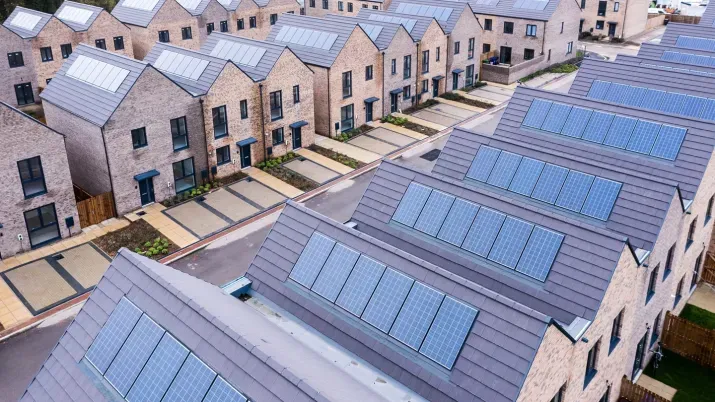Relative Value in Investment Grade RMBS
TwentyFour
As a manager that invests across the full spectrum of fixed income, we are constantly monitoring the relative value of the different opportunity sets that we cover. Given the fast moving prices we have witnessed recently, and with different asset classes and ratings moving at different times, this analysis can become increasingly valuable.
We know from experience that ABS spreads tend to lag corporate credit spreads when we see far reaching moves. For example in the early 2016 sell-off, US high yield spreads had already moved in late 2015, European high yield at the start of 2016, and European ABS a couple of weeks later as the pressure built and finally spilled over. This lag explains why ABS spread moves often appear to be quite sharp – while they don’t tend to move as far as corporate spreads, the correction has a degree of ‘catch-up’ about it.
The COVID-19 driven sell-off was no exception to this trend when prices were on the way down, and also to a certain extent on the way back up, which has created some very interesting opportunities, particularly in investment grade RMBS.
We have covered the issue of payment holidays in a prior blog, so there is no need to go back over old ground covering the robust credit strength of this asset class, but what about relative value?
AAA rated UK prime RMBS started this year yielding around 50bp over SONIA, and remained at that level during a strong January and (most of) February, before widening to around 225bp in the COVID-related sell-off. It has since retraced to around 130bp. In our view there is undoubtedly still a lot of value left in what is one of the few AAA opportunities around these days. At a time when ‘risk-free’ assets like Gilts can now also be described as return-free – and come with a significant future negative technical in the shape of massive issuance to fund UK stimulus efforts – floating rate UK RMBS by comparison looks very attractive.
Potentially more interesting, however, is non-AAA investment grade rated RMBS. These assets have largely not yet seen a bounce back from their current wides, which are also the wides of the last decade. There does not appear to be significant current demand for these bonds, with liquidity definitely lower than normal and bid-offer spreads wider. This can partly be put down to expectations that some deals will not be called in the near future, and so will see their coupons step-up and their life extend. The latter has led to these bonds trading at greater discounts, with a subsequent higher yields reflecting that extended life scenario.
However, investors shunning these assets are often making very conservative assumptions about deals not being called for years, which relies both on spreads staying wide and for deals to pay down slowly. If they pay down at even moderate rates, the sponsor is likely to call the bonds at par years before final maturity, to re-establish a better level of leverage and return. For example, we have recently seen some single-A rated UK prime RMBS available at a current yield of 4.75%, assuming the deal extends all the way to the 10.7 year maturity of the underlying loan pool. If instead this deal were to be called in four years’ time (a conservative assumption in our view) it would be yielding around 6% today. If it was called at the first opportunity in a couple of years’ time, i.e. plenty of time for markets to normalise, the yield would be almost 10%.
In a period of market panic fixed income investors can often find opportunities that drive returns for the next couple of years. Significant relative value opportunities in investment grade ABS are rare, and we expect experienced ABS buyers will be more than happy to take advantage of them.







